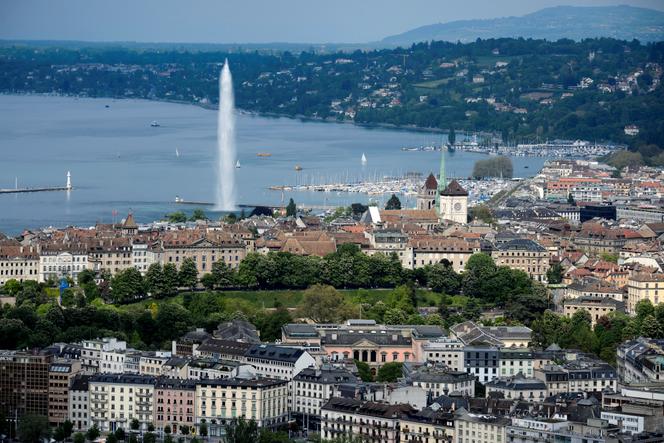

Letter from Geneva

It would be something of an exaggeration to speak of a "Swiss model" of integration, since the country experienced its own populist moment as early as the late 1990s with the rise of the nationalist and isolationist Swiss People's Party − well before the wave swept across the rest of Europe. Though the party remains the largest at the national ballot box, it is a minority within the coalition government and has lost much of its clout; Its referendums, often tinged with xenophobia, have become less convincing to voters.
But it would also be an exaggeration because this "trend" is rooted more in pragmatic calculation than in any historic embrace of foreigners. The trend in question? Switzerland stands out for its successful integration of a rapidly growing foreign population – a phenomenon that contrasts sharply with the rising tensions that have swept across Europe. Recently, the public broadcasting website, Swissinfo, dedicated a study to the changing demographics, and the figures are striking.
Between 2014 and 2023, Switzerland welcomed 1.8 million additional foreigners, with net immigration (accounting for those who left) surpassing one million people. By the end of 2023, three million individuals over the age of 15 were of migrant origin. "Just spend 15 minutes during rush hour in the new Renens railway interchange platform [a suburb of Lausanne] and you'll get a pretty accurate picture of Switzerland today. It's like the United Nations lobby," described a regular commuter.
You have 69.52% of this article left to read. The rest is for subscribers only.
